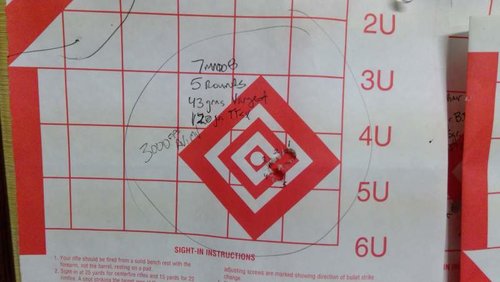Dougfirtree
Well-known member
I have several manuals, but find them all lacking in the description of this process.
This is the most helpful piece of writing I've found on the subject. Not quite sure why my reloading books don't have such a simple explanation... Thanks for all the advice folks.





